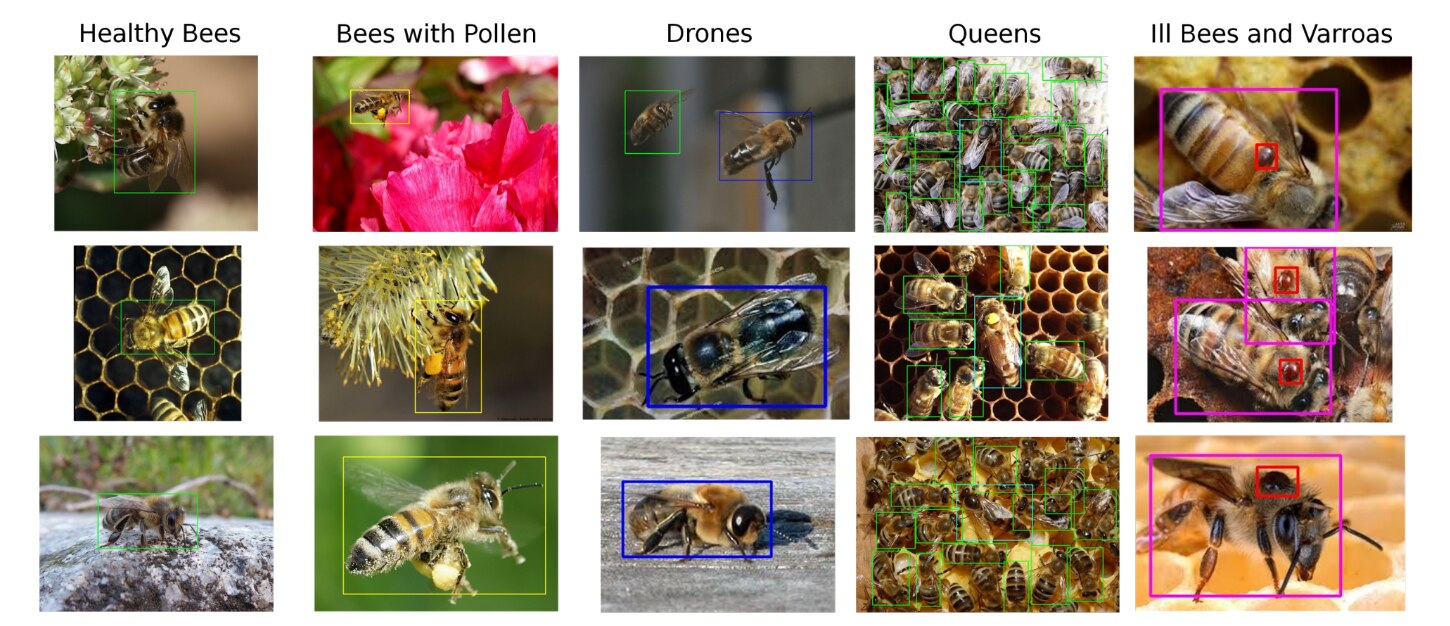Introduction
The is my very first blog for "Save The Bees Design Challenge". Thanks to Element14 for choosing me one of the challengers for the contest. For the last two months I read several research paper about bees. From my study I realized that one of the big challenges for honey bees is a significant reduction of honey bee colonies over the last few years. Several factors have been recorded in the literature for honey bee colony losses. Some of the most important factors are pests and diseases, bee management, change in climate conditions, agricultural pesticides, parasitic mites and microsporidian parasites, Viruses, GMO crops and environmental pollution. One of the global highlighting factor I found for bee colony losses is the Varroa destructor, a ectoparasitic mite.
 |
 |
 |
Some Details about Varroa destructor
Varroa mites (Varroa destructor and V. jacobsoni) are tiny red-brown external parasites and is the most serious pest of honey bee colonies around the world, as it is an obligate parasite which is able to attack different developmental stages and castes of Apis mellifera and Apis cerana. Although Varroa mites can feed and live on adult honey bees, they mainly feed and reproduce on larvae and pupae in the developing brood, causing malformation and weakening of honey bees as well as transmitting numerous viruses.
For drones, it has been demonstrated that reduced weight due to V. destructor has resulted in decreased flight performance and sperm production. Heavy Varroa mite infestations can build up in 3–4 years and cause scattered brood, crippled and crawling honey bees, impaired flight performance, a lower rate of return to the colony after foraging, a reduced lifespan and a significantly reduced weight of worker bees. This ultimately causes a reduction in the honey bee population, supersedure of queen bees and eventual colony breakdown and death.
Adult female Varroa mites are oval, flat, red-brown coloured mites. They are around 1.1 mm long and 1.5 mm wide. Adult males are a lighter colour and are smaller than the female. Similarly juvenile Varroa mites are also smaller and lighter coloured than the adult female mite.
The straight-forward method for detecting a V. destructor infestation is regular manual sampling, which is state of the art. There are three types of tests that can be performed:
- Sampling from living bees: a sample of 500 to 1,000 bees is put into a jar with alcohol or powder sugar and it is shaken until most mites fall off. Depending on the exact method most bees are injured or die due to this procedure.
- Sampling the brood: opening brood cells and checking for mites. This also kills the brood.
- Noninvasive sticky board: a board covered with Vaseline is put at the bottom of each bee hive to monitor the natural mite drop inside the hive
Related Work on Varroa Mite Detection Technologies
Several methods have been reported to the literature for automatic detection of Varroa mite. One paper reported about E-nose technology. Its use is to detect Varroa when the infestation influences the chemical composition of the air inside a hive. Sound monitoring systems using MEL or FFT spectrograms are also powerful tools for Varroa mite indications. The use of frequency-amplitude over time representations combined with SVMs and neural network classifiers can distinguish between different hive states, specifically external attacks, colony stress, swarming, and queen loss. Detection of colony collapse can be exploited as an indicator of the existence of the Varroa mite. Several authors tried Varroa mite detection using sensors (temperature, humidity, noise level, and gas sensors), but this process may include many false detection cases, since other phenomena such as swarming, queen loss, or even hunger may lead to CCDs as the ones caused by the mite.

Image source: Visual diagnosis of the Varroa destructor parasitic mite in honeybees using object detector techniques by Simon Bilik, Lukas Kratochvila and others
Several camera based approaches have been noticed in recent literature. Few uses image processing to monitor mites within brood cells. In this case camera need to place inside the hive. Some researcher placed camera at the entrance of the bee hive and take image or record video to detect the mite.
My Plan
I will use Image Processing technology and Machine Learning to identify Varroa mite automatically. I wish to place Arduino Pro Nicla Vision Board at the entrance of the hive. Still I am not sure either I need to specially design the entrance gate of the hive or not. It depends on the future experiment and the accuracy of the result.
